Bias Tape or Binding? Single or Double Fold?
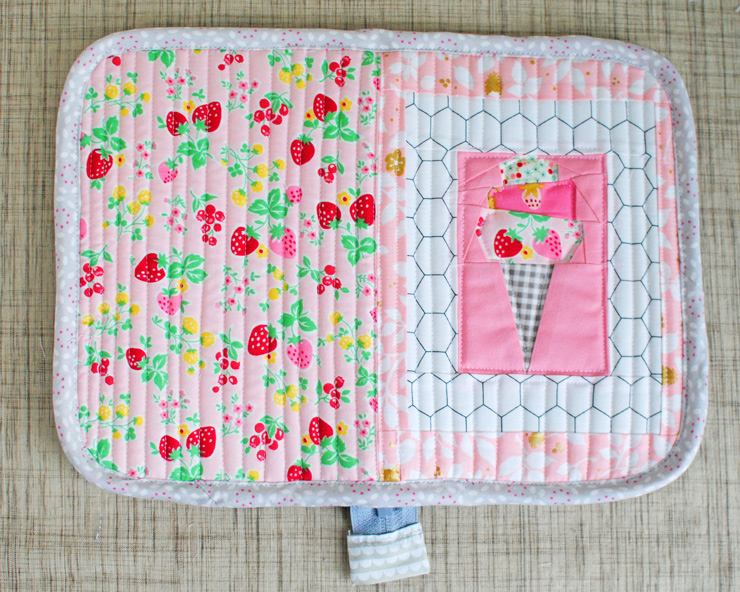
What is Bias Binding and why use it?
One of my learning goals for 2015 was bias binding. I love the rounded edges on small projects, above you can see the Flora supply case has a nice curve to accommodate a zipper closure. I purchased a bias tape maker a while back, and I’ve been using it to make my own bias tape for all these curve projects. By cutting the fabric on the bias {a 45°angle}, it will go around a curve, unlike fabric cut on the straight grain. But, it seems that when it comes to binding with bias or regular, straight grain, binding, the terms “Double Fold” and “Single Fold” have different meanings, at least to the modern quilter. So, after a little web searching and checking some shops, I want to share the difference that I found.
Let’s start with Bias Tape
Here’s some bias tape, the top is double fold, the bottom is single fold. I made both of these bias tapes myself, by cutting the fabric on the bias, sewing it together, and then using a bias tape maker. The difference is, after the top strip came out of the bias tape maker, I folded it in half again. So, for the top tape, if you wanted to purchase an equivalent, you’d buy 1/2″ double fold bias tape. For the bottom, you’d buy 1″ single fold bias tape. Both of these tapes are exactly the same, made in the same way, the top one is just folded one more time!
Why distinguish between single and double fold bias tape?
Some projects that require bias tape, like finishing an applique project, do not apply the bias tape to the edge of the product, therefore, single fold is all that is necessary. Otherwise, there would be four layers of fabric appliqued on. To watch a video on how I make bias tape, head over here!
From what I can tell, bias tape and bias binding, when purchased from a large retailer, like JoAnn’s, are the same thing.
Now let’s look at Straight Grain Binding:
The top is double fold binding. It is one strip of fabric folding in half in the middle. This is then sewn flat onto the quilted project and the folded edge is folded around to the back and stitched. You can read a great tutorial at Canoe Ridge Creations. Single fold binding has come to mean sewing an unfolded strip of fabric to the edge of a quilt, then wrapping the raw edge around to the back, tucking in the edge, and sewing in place {essentially folding it like double fold bias tape…see where the confusion begins?}. I use single fold binding for all my small projects, you can check out a tutorial for that here.
How about using Bias Binding for a quilt?
When it comes to binding a quilt, whether the fabric is cut straight grain or on the bias, more modern tutorials seem to agree that the double fold should refer to the folds shown directly this Craftsy tutorial show even bias binding folded in half in the center.
I think the usage of the same wording to mean different things is a little confusing. I’ll admit, I didn’t give it much thought until some questions came up from testers. So, here’s the info I found, I hope it helps clear things up, as much as they can be! Do you have any questions I can help answer?
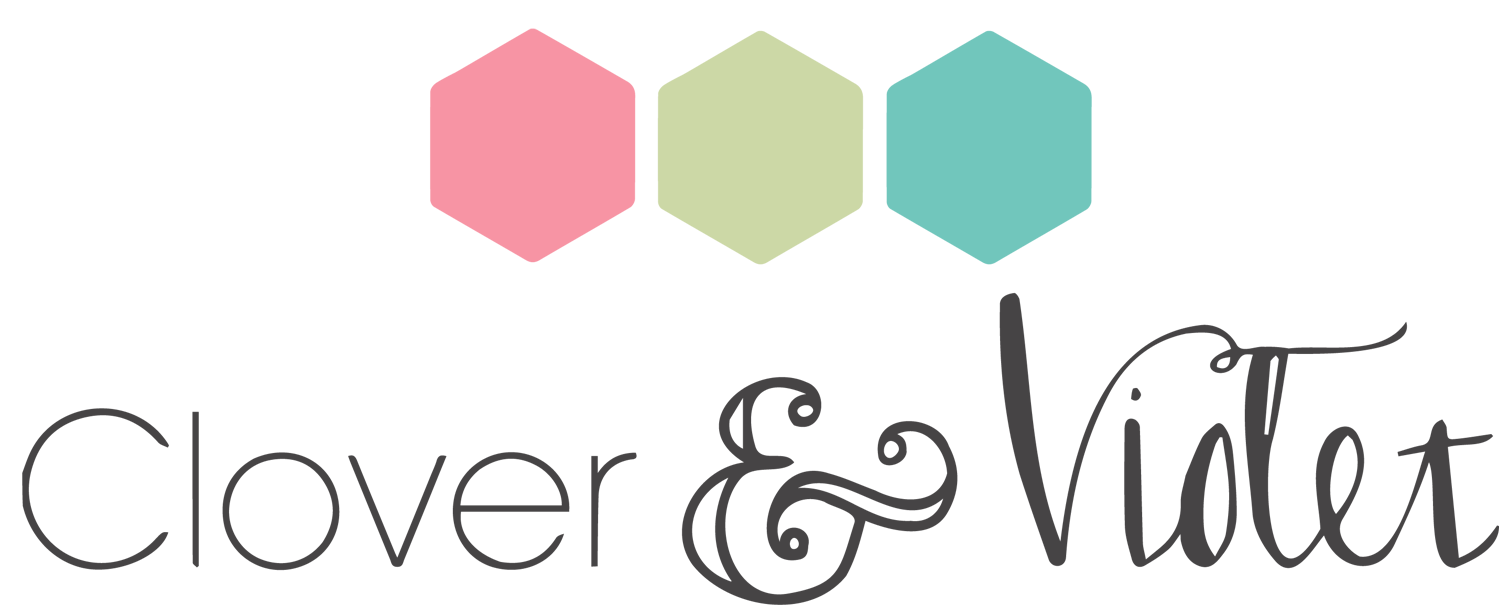
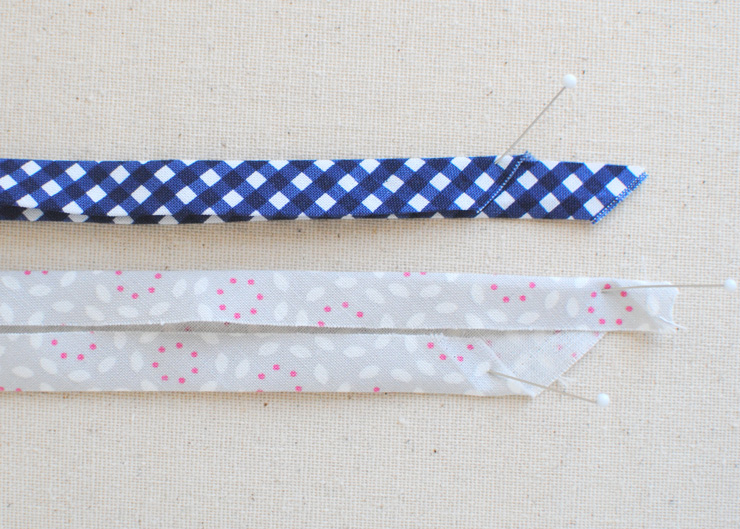
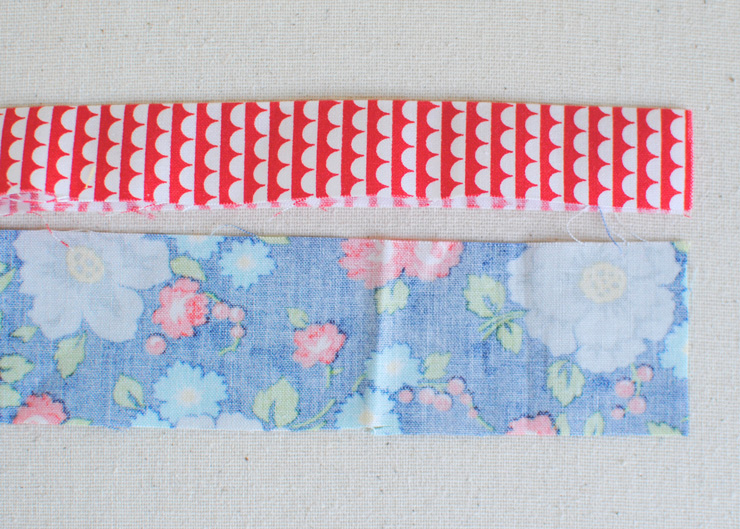
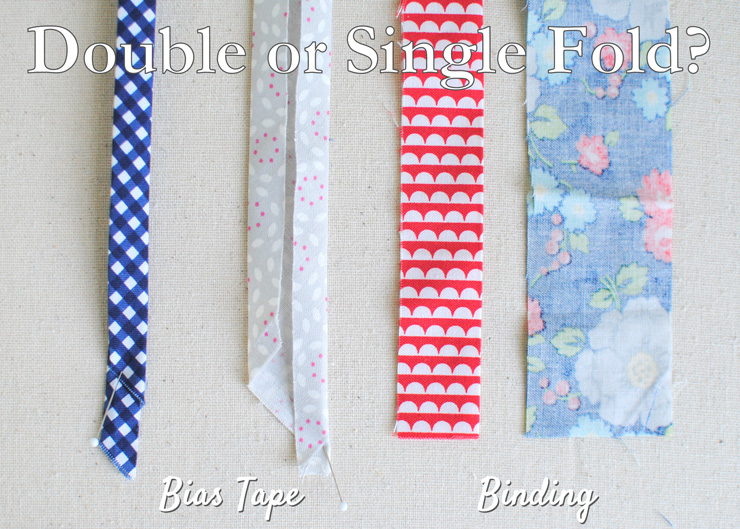
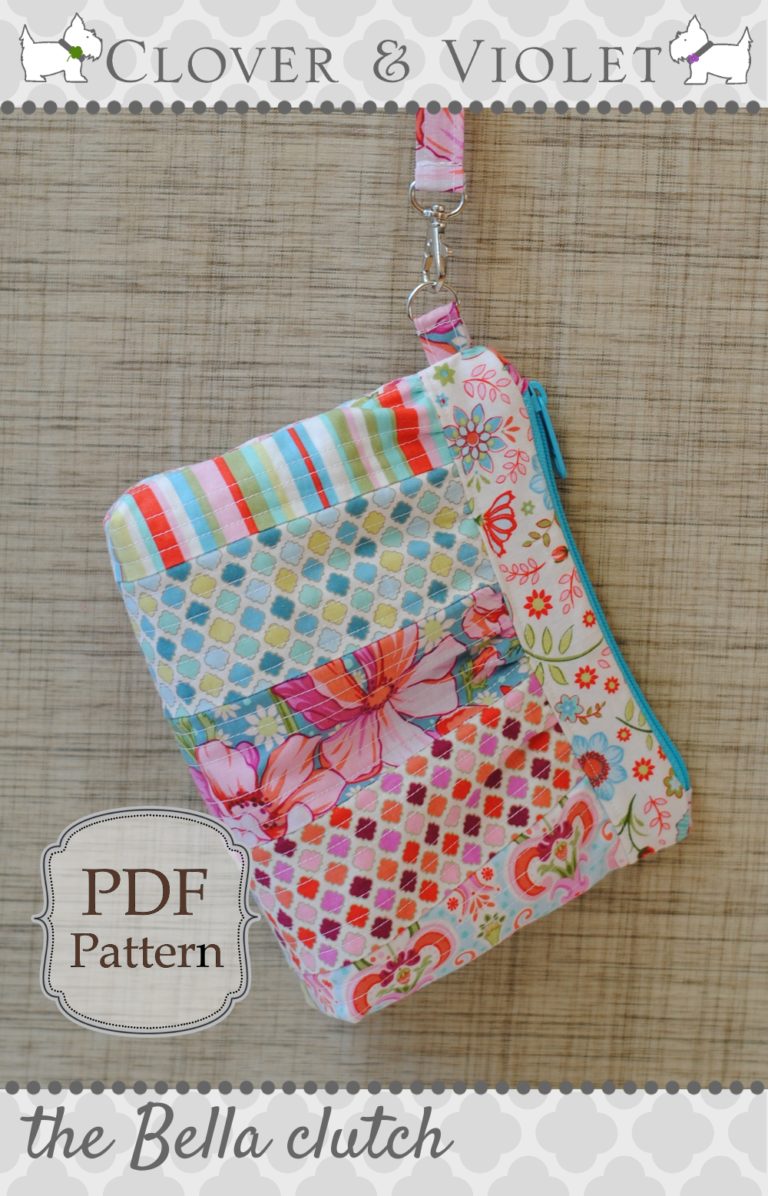
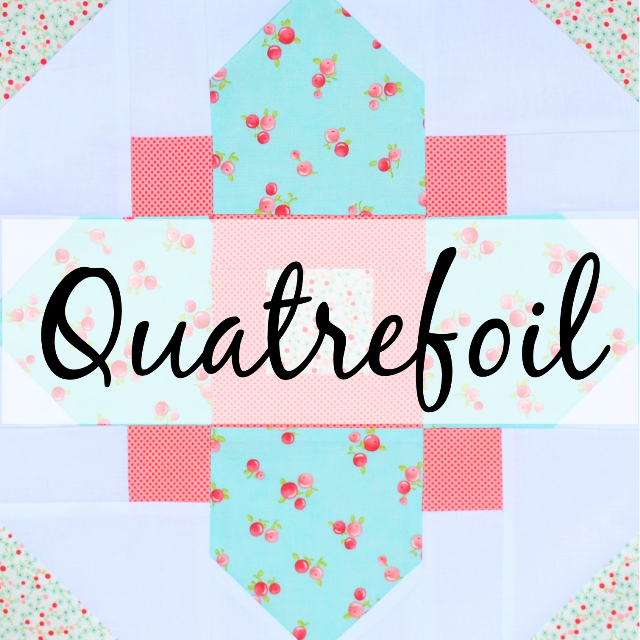
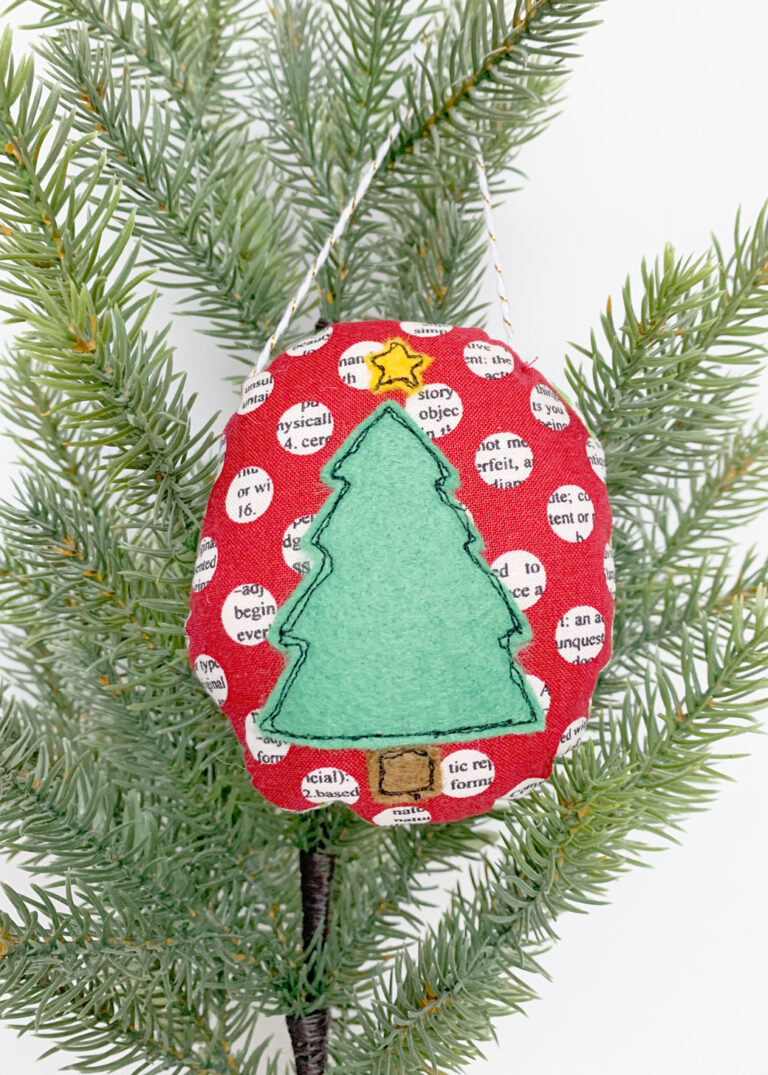
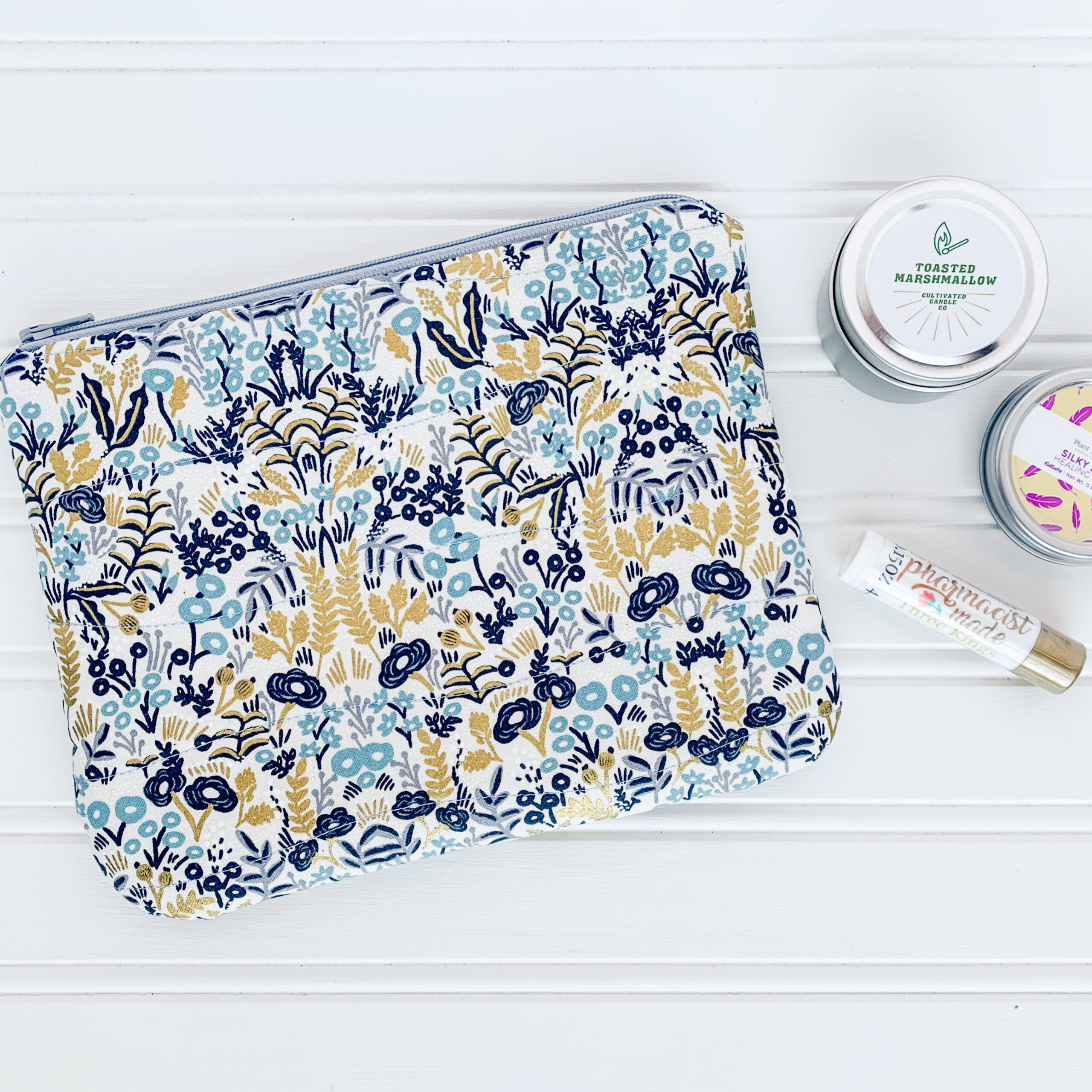
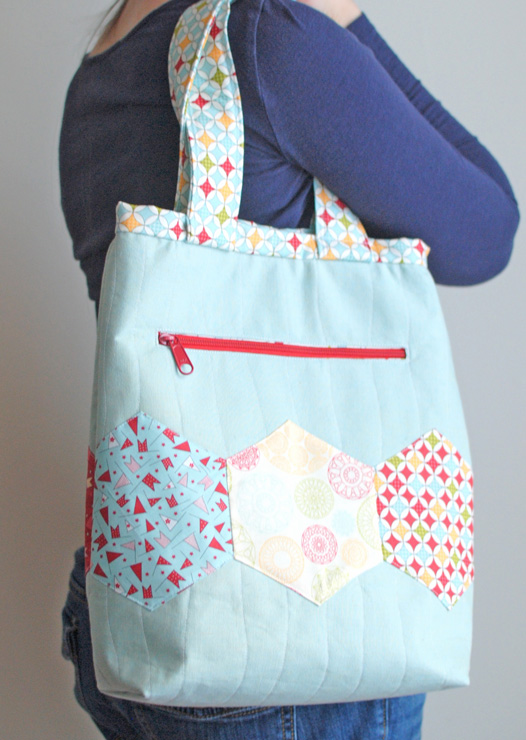
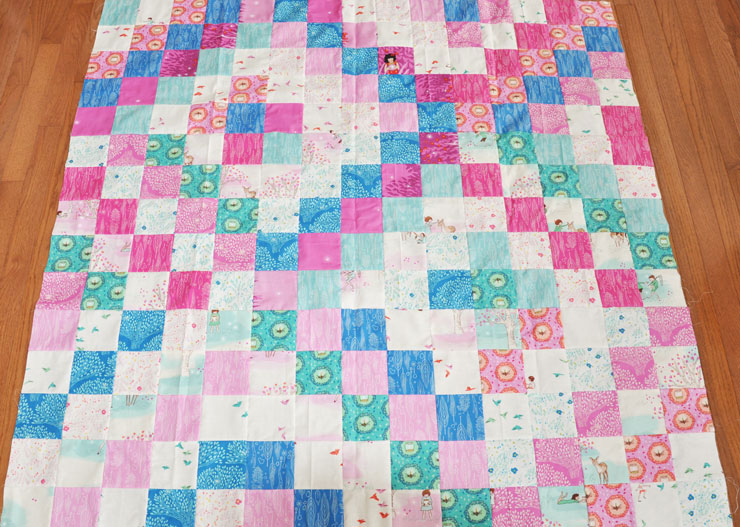
I tried to explain to my partner the difference between single and double fold bias: Single fold has two folds and double fold has three. Why does that confuse me so much? (It’s probably why I can never remember it anyway!) And is the width given in patterns the *end* width? or the width of the flat piece of fabric you start with before putting it into your bias binding maker?
For bias tape, the width is the size after it’s folded, but binding is usually given in the width before folding! So confusing!
Thanks so much! Now I feel much better about being confused, too! I even feel like I understand (more or less) how to use these various (I’ll just call them) edgings..
I even feel like I understand (more or less) how to use these various (I’ll just call them) edgings..
I don’t understand this sentence: “By cutting the fabric on the bias {a 45° angle}, it will go around a curve, until fabric cut on the straight grain.” And then what? What happens to it on the straight grain? You left us hanging, LOL.
“Unlike” not “until” that was a typo that I didn’t originally catch!
Cut on the straight grain won’t have stretch. Cut on the bias at 45* angle your fabric strips will have stretch.
Thanks for that. Making a dress at the moment which requires single fold bias tape, and I was planning to make it with matching fabric. But got thrown by the term “single fold”. Above post makes it clear.
I was excited to read your offering on the clarifications between single and double fold seam binding. Til that is previous to finding this read I learned that I’m improperly labeling ’seam binding’ altogether! Oh brother. Bias tape, seam binding, double-fold seam binding … Uuuuuh … Starting with potholders & oven mitts as well as dish drying mats is thankfully helping with the understanding of edging in any event. Not necessarily the various terms used across the board however! Even after reading this lovely article I think what I’ve learned after all is the use of terms is what’s mucking it all up. But then there’s the business of stylistically speaking the ways in which we fold the seam binding tape … You know? Shorting one of two sides [quarters really, pre-shortening] vs just keeping halves [quarters folded inward & pressed in otherwise half] … Mygawd is this thing on! I can’t I just cannot a n y m o r e good and final grief already. Just like this creepy chronic illness dictator I say call it what we like, keep it movin & lemme get back to the sewing machine! Eyeroll of exhaust. Leaving overwhelm in the dust. Thanks though!
Sincerely